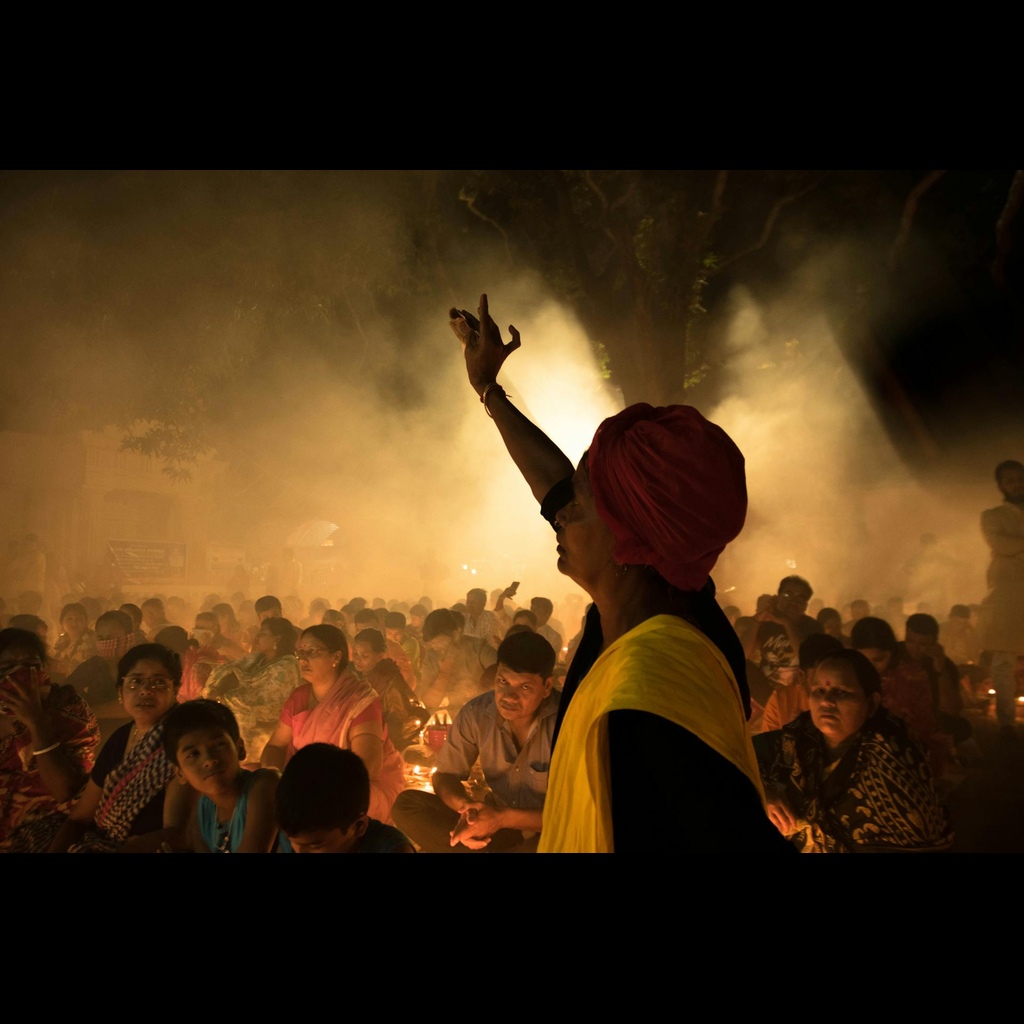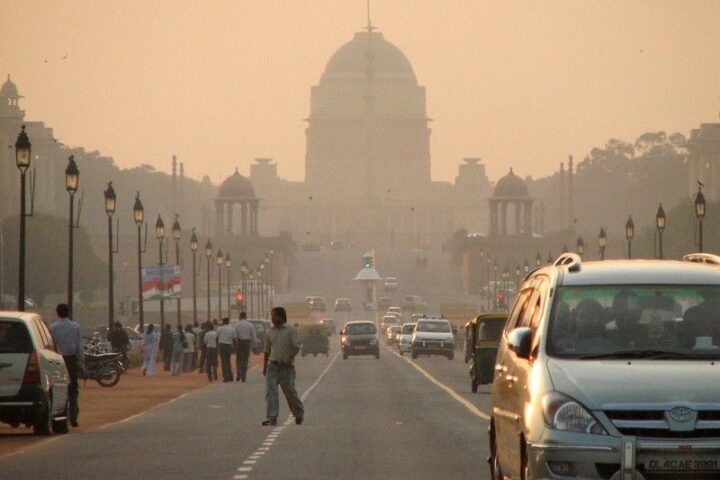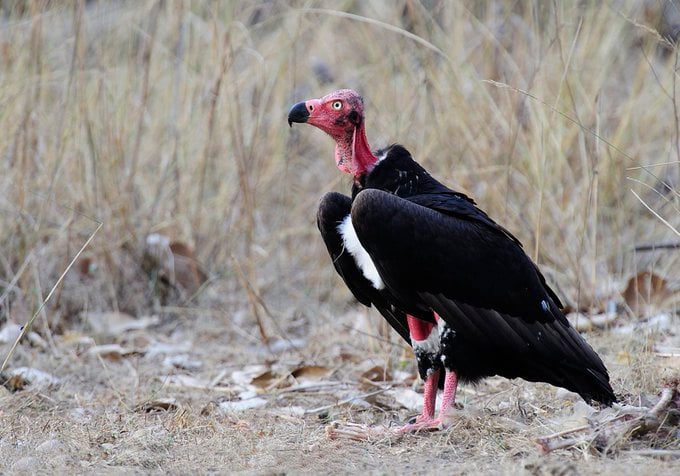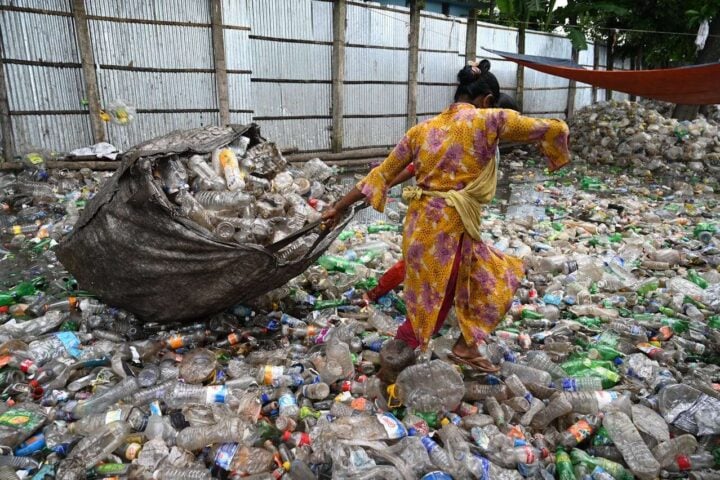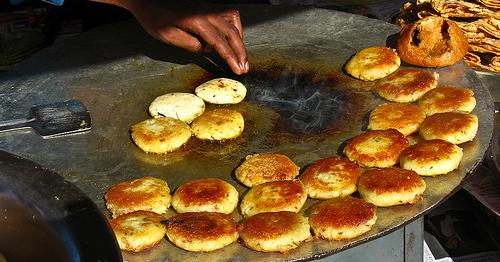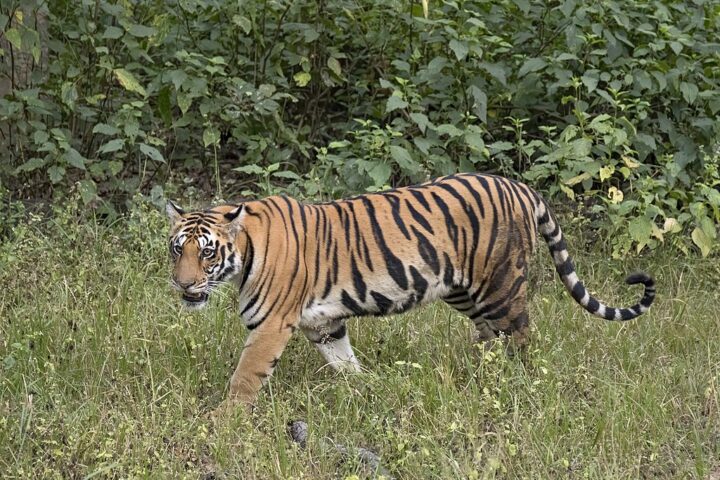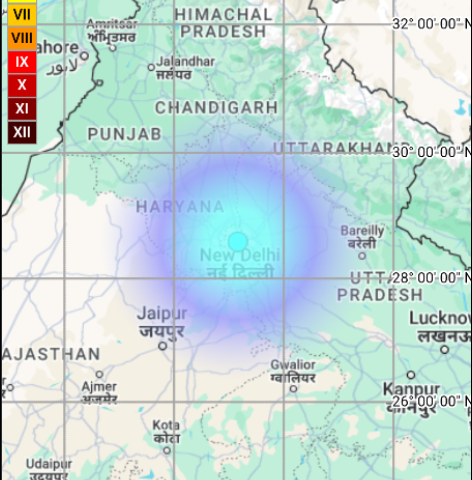India’s population is estimated to have reached 1.444 billion, according to Business Standard. With 24% in the 0-14 age bracket, the UNFPA’s State of World Population – 2024 report revealed that the population of India is expected to double in 77 years. The report’s title is: Interwoven Lives, Threads of Hope: Ending Inequalities in Sexual and Reproductive Health and Rights. Leading globally, India is followed by China at 1.42 billion. The population of India was recorded at 1.21 billion during the last census, conducted in 2011.
The report further detailed that an estimated 24% of Indians are aged 0-14, while 17% is within the 10-19 age range. The Hindustan Times reports that India now accounts for nearly 17% of the world population, which stands at 8.1 billion. However, the country’s fertility rate has already fallen below the replacement level. A softening rate of population growth is signaled by this report. At their currently estimated rates, both India and the overall world’s population will double in 77 years.
Life Expectancy and Population Composition:
Life Expectancy: In India, the life expectancy is 71 years for men and 74 years for women.
Population by Age Group in India:
Aged 0-14: 24%
Aged 10-19: 17%
Aged 10-24: 26%
Aged 15-64: 68%
Aged 65 and above: 7%
Global Comparison:
Global Population Composition:
Aged 0-14: 25%
Aged 10-19: 16%
Aged 10-24: 24%
Aged 15-64: 65%
Aged 65 and above: 10%
Percentage of Young Population: Globally, 25% are below the age of 14, which is slightly higher than India’s 24%.
Maternal Health:
Similar Posts
Global Maternal Mortality: On average, 800 women die every day from complications related to childbirth, predominantly in developing countries.
Maternal Mortality in India: There has been a considerable reduction in maternal deaths in India, which now accounts for 8% of global maternal fatalities, marking significant progress in health outcomes.
The UN FPA (United Nations Fund for Population Activities) was established as a trust fund in 1967 and began operations in 1969. In 1987, it was officially renamed the UN Population Fund, reflecting its lead role in the UN system in the area of population. According to India Today, former Reserve Bank of India (RBI) Raghuram Rajan has raised concerns about India not making the most of its large population for economic growth. Rajan highlighted the importance of improving the country’s human capital and skill sets to reap the benefits of its demographic dividend. He urged job creation to utilize India’s young population.
In short, India is the largest democracy in the world with a population of 1.44 billion, according to UNFPA.
